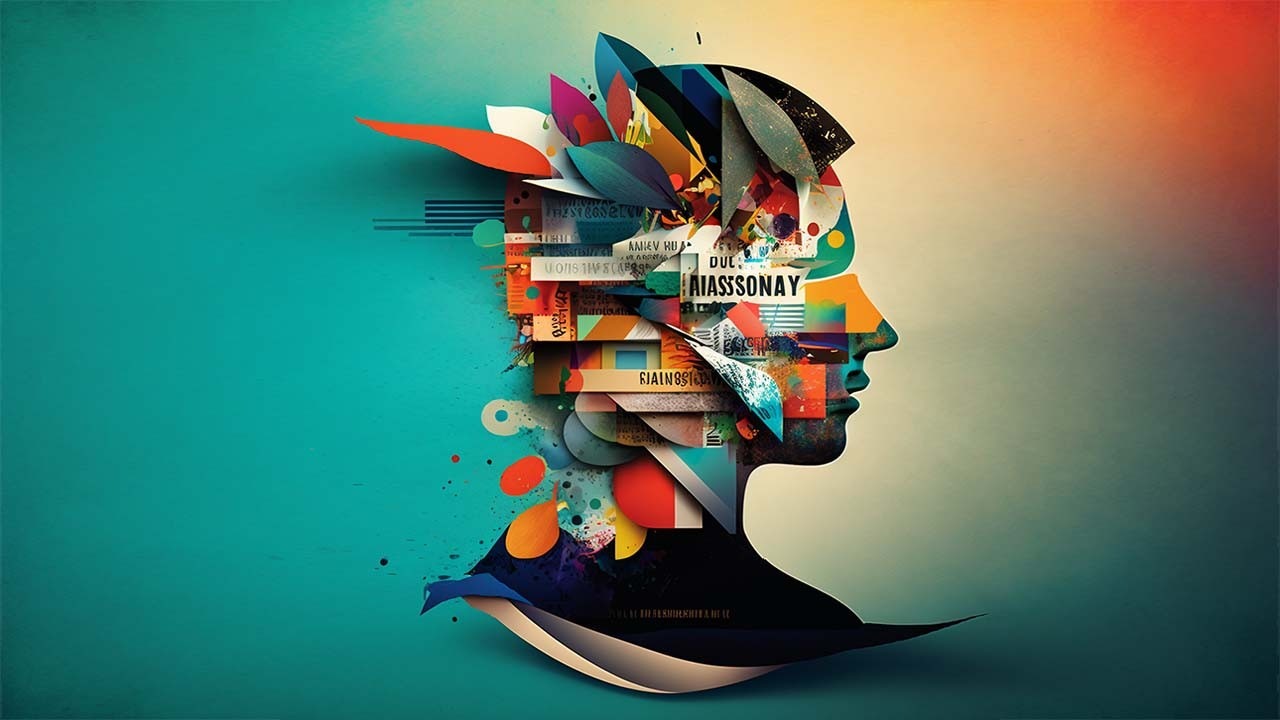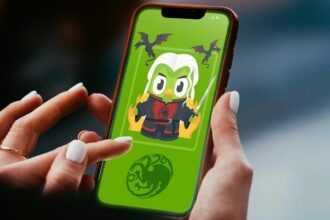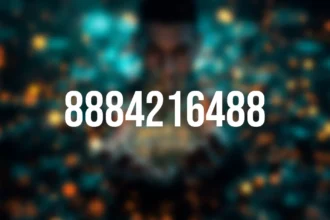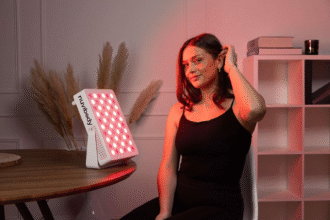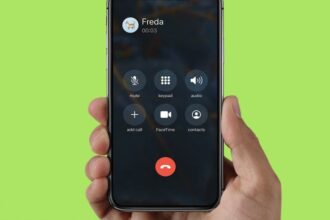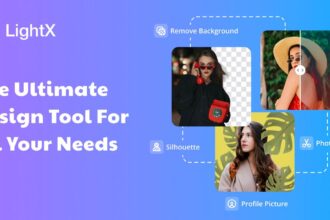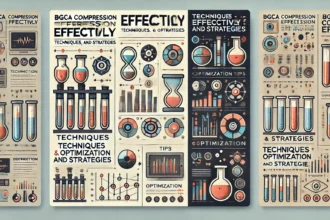The Visual Language of Identity
In today’s hyper-connected world, how we look, speak, and present ourselves has become more than just personal preference—it’s a powerful statement about who we are and what we stand for. Whether someone is dressing for a job interview, curating their Instagram profile, or choosing how they decorate their space, each decision sends a message. These choices may seem small or purely visual, but they often reflect deeper values and serve as tools for building identity and influence.
Expression Through Aesthetics
Personal aesthetics is fundamentally about expression. Culture, values, aspirations, and even rebellion can all be reflected in aesthetic choices. For instance, streetwear’s popularity among younger generations reflects ideals like individuality, inventiveness, and self-determination in addition to current fashion trends. In other situations, people who identify with a certain subculture or movement use aesthetics as a means of belonging—a common visual language.
Design Symbolism
Consider custom grillz. Not only do these personalized dental accessories look great, but they also convey status and uniqueness. Grillz, made popular by hip-hop culture and adopted by numerous celebrities and influencers, can represent a departure from custom and a daring celebration of individuality. They are a visual shorthand for achievement, resiliency, and self-expression rather than merely being gaudy accessories.
Building Digital Identity Through Aesthetic
Just as accessories like grillz communicate identity in the physical world, our online presence does the same in digital spaces. In fact, today’s influencers often rely on a consistent and visually appealing personal brand to grow their following and connect with audiences. This is where a marketing agency becomes essential. By helping influencers craft and amplify their personal aesthetic, these agencies play a critical role in how digital identities are shaped, refined, and received. From color schemes and logos to photo filters and content strategy, a strong digital aesthetic can mean the difference between blending in and standing out.
The Psychology Behind Visual Influence
But why are aesthetics so important? Human psychology has a role to play in the solution. We are visual beings. On the basis of appearance alone, first impressions are frequently formed in a matter of seconds. Positive attributes like competence, dependability, and success are more likely to be attributed by others when they witness a self-assured, well-dressed person or a nicely groomed social media page. This phenomenon, referred to as the “halo effect,” emphasizes how powerful images are in influencing people’s beliefs.
Aesthetics as a Mirror of Values
Furthermore, we communicate our ideals to the outside world through our aesthetic choices. A person who dresses simply may be expressing a desire for sustainability or simplicity. Bold patterns and colors may also be a way for someone to express their inventiveness and eagerness to stand out. A personal philosophy may also be reflected in the decision to adopt or reject particular trends. Aesthetics is always about meaning, not just appearance.
Empowerment Through Personal Style
This is especially important in communities where representation and visibility matter. For marginalized groups, aesthetic choices can be both a form of resistance and empowerment. Hairstyles, clothing, and makeup are used not only to beautify but to reclaim space, tell stories, and celebrate cultural roots. Through style, people can affirm their identity in environments that might otherwise overlook or suppress it.
Professional Aesthetics and Branding
In professional settings, aesthetics also play a crucial role. Think about how businesses design their offices or how professionals dress for success. These decisions influence perception and communicate brand values. A sleek, modern office might suggest innovation and efficiency. A warm, rustic design might signal approachability and tradition. The same principle applies to personal branding. Whether you’re a freelancer, entrepreneur, or job seeker, your visual presentation can help set expectations and build trust.
The Social Media Stage
Personal aesthetics have become even more important as a result of social media. Visuals are the driving force behind platforms like YouTube, Instagram, and TikTok, and successful users frequently center their brands around an eye-catching aesthetic. A distinctive color scheme, editing style, or even recurring messaging that embodies their ideals could be examples of this. These visual clues become linked by followers to the influencer’s character, values, and way of life. This creates a devoted community over time.
The Evolution of Aesthetic Identity
Importantly, personal aesthetics are not static. They evolve as people grow and change. What someone valued or identified with in their teenage years might not reflect who they are as adults. Aesthetic reinvention is a common and healthy part of identity development. In fact, it’s often through these changes that people refine their influence and reach new audiences.
Reinvention in the Public Eye
Think about how famous people change throughout their careers. Every new project, film, or album frequently has a new visual identity. Seldom are these changes arbitrary. They are thoughtfully designed to fit in with updated objectives, messaging, or target audiences. The same is true for regular folks. Whether you’re altering your home decor, rebranding your website, or changing your clothes, you’re probably indicating a shift in your goals, values, or direction.
Authenticity as the Cornerstone of Influence
But it’s equally critical to keep in mind that genuine artistic expression is required. People may come across as forced or inauthentic when they adopt trends or styles that don’t fit with who they are. One essential component of influence is authenticity. When someone shares something that genuinely portrays who they are, audiences can quickly tell that they are not just following trends. Those who are not only aesthetically pleasing but also emotionally and intellectually compelling are the most powerful individuals.
Conclusion: Aesthetics as a Storytelling Tool
In conclusion, the power of personal aesthetics lies in their ability to express identity and build influence. From bold fashion statements to polished digital profiles, aesthetic choices help us communicate who we are and what we value. They serve as tools for connection, persuasion, and self-affirmation. In a world where attention is currency, how we choose to present ourselves—visually and otherwise—can shape our relationships, our opportunities, and our legacy. So whether you’re choosing a new pair of shoes, designing a website, or experimenting with a new look, remember: your aesthetic is more than style—it’s a story you’re telling the world.


